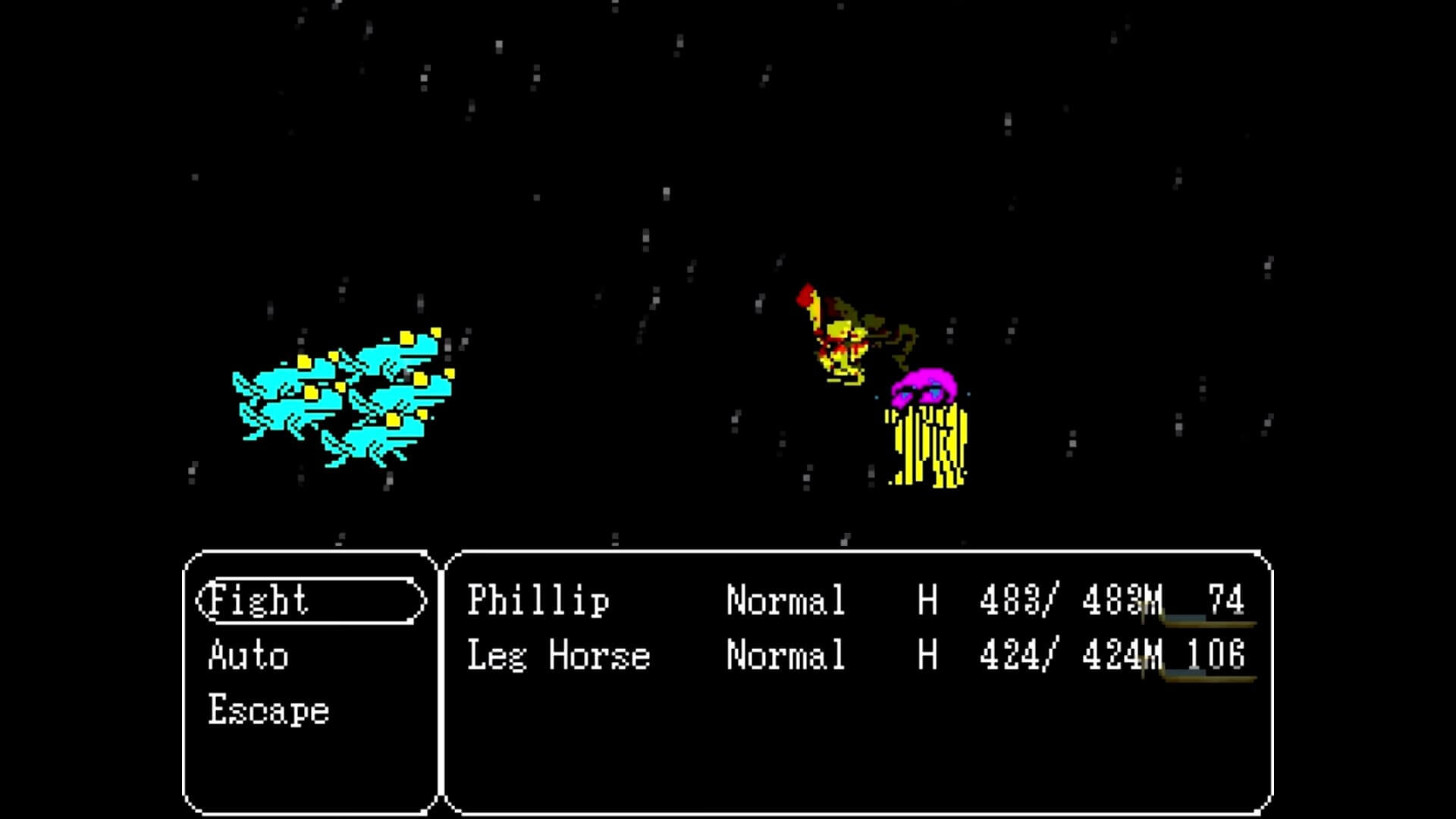

Bubsy herself is down on her luck but is getting by. Conker the Squirrel is one of Rare’s well-known mascots but in hard times, and now Bubsy’s boyfriend. Good Guys: Wild Woody is another failed 90s mascot, with a single Sega CD game to his name. This pixel art is based on this post showing the “main characters” of Bubsy’s “current” life. It’s more than the shock humour you might expect by seeing it Modern Bubsy is a deep and fascinating revitalisation of the character that may sort of kind of have the implicit approval of the original creator. SqrlyJack imagined what classic gaming failure Bubsy would be up to years later and the concept (also inspired by other Bubsy speculation) grew into an enthralling history including the games’ traumatic meta-textual making-of process, a gender transition, and contact with other 90s game mascots. Modern Bubsy is a project that started with the indie game Space Funeral 4.

donkey kong congo bongo arcade nintendo sega With Sega’s recent collaborations with Nintendo, it would interesting to see them revive the character for one of their crossover events, making him officially part of the DK cast instead of just the awkward cousin no one’s ever heard of. It’s a shame that title has been more or less lost to time. Ironically, they managed to make Sam look even more like a young Sabreman than he did before. The title includes both “Classic” versions of five arcade games, as well as new “Arranged” versions which feature better graphics and more and larger levels, sometimes with new layouts. The game was included in a Sega Ages Memorial Collection released in 2005 for the PS2, though unfortunately it was Japan only. You must hop across lily pads, hippos, giant fish with toothy maws, and dodge one last line of rhinos to get up to where Bongo snoozes so you can teach him what’s what. The final level, Lazy Lagoon, resembles isometric Frogger. There’s not really a trick to it, and I think I’ve lost the most lives on this level than any of the other three. Occasionally moles pop up and fill in pits. You can avoid them by leaping over them, or hiding in the pits. It’’s a big open rocky plain with some pits dispersed throughout. Rhino Ridge is probably the simplest and most challenging of the stages simultaniously. Snake Lake is an exercise in dodging serpents and scorpions as you go across narrow walkways to continue chasing the big ape. The first, Primate Peak, is the most evocative of Donkey Kong, with Sam traversing up some rocky areas, avoiding thrown coconuts and trying not to get entangled with the local monkeys, who will slow him down and impede his jumping ability until he throws them off. There are four stages, Primate Peak, Snake Lake, Rhino Ridge, and Lazy Lagoon, that Sam must traverse in order to achieve his goals. You must traverse Congo’s mountain home (hence the Japanese title for the game, Tip Top) and reach his “throne” in order to get some sweet sweet prank revenge. You play the role of an hunter (apparently his name is Safari Sam in some of the home-version fliers) who has fallen victim to the pranks of of the titular gorrilla Congo Bongo. Either way it’s a shame, as the title has its own identity and charm. Maybe if they’d shifted around the level order, and left that one till last, people wouldn’t have blown it off as “just another DK clone”. Perhaps the mistake was making the first level so evocative of Donkey Kong. From a marketing perspective, it obviously didn’t work, but it’s interesting to see what Sega tried. Unlike titles like Crazy Kong, or Monkey Donkey, or King Kong, or or or, Congo Bongo opts not to be a reverse engineered clone and instead build upon Donkey Kong as something new and better. It was practically force fed to consumers at the time in an attempt to replicate the success of Donkey Kong. It was also whored out to almost every home system available at the time. By the way, for a look at what I typically do, when I’m not being obsessed with Modern Bubsy (ie: hanging out at DKVine and occasionally maintaining DK Girder.Ĭongo Bongo was created by Sega as their “answer” to Donkey Kong and released in February of 1983 in Arcades across the world.


 0 kommentar(er)
0 kommentar(er)
